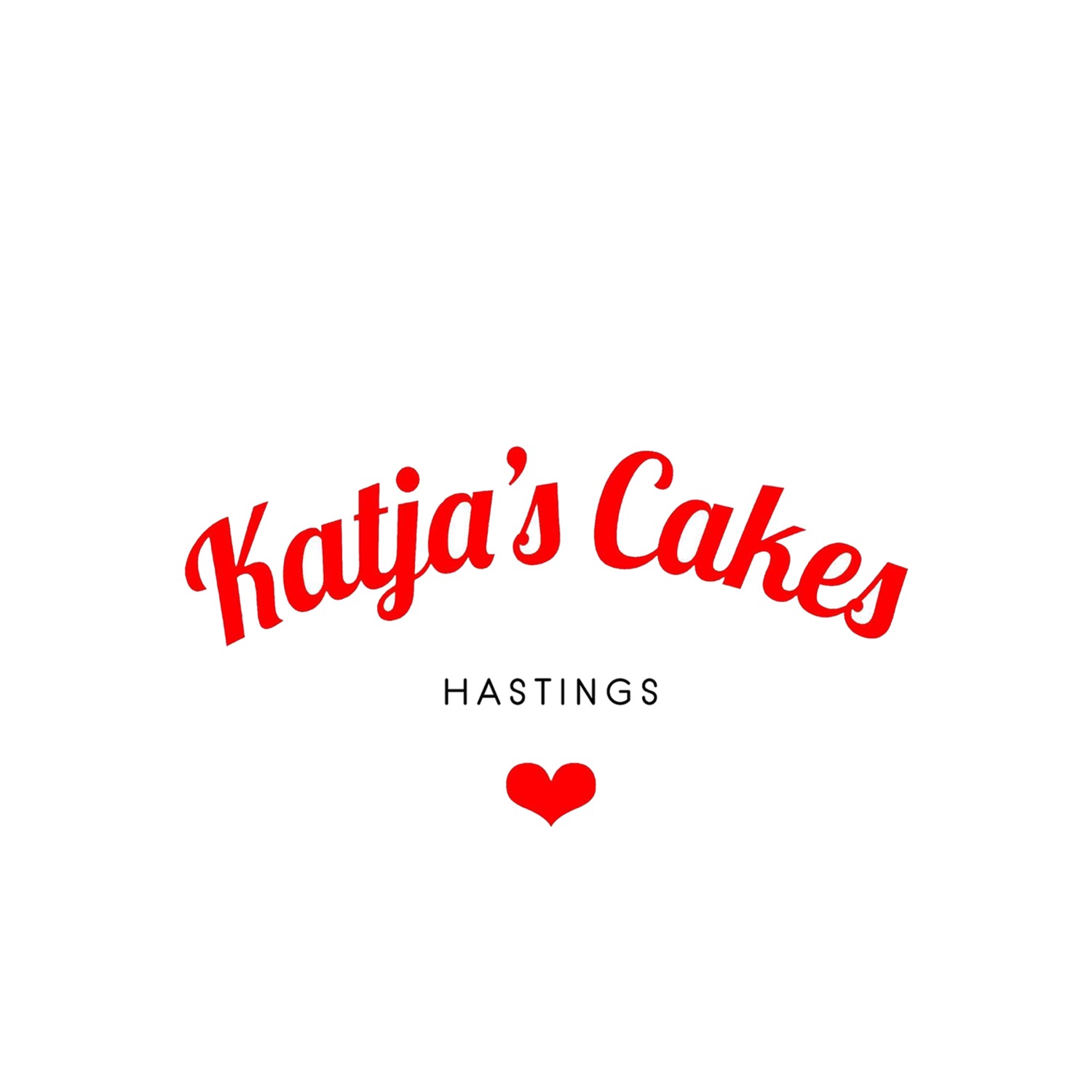Return to the Studio: Challenges, Discoveries, and Lessons Learned
- Katja Seaton
- Jan 3
- 2 min read
Return to the Studio: Challenges, Discoveries, and Lessons Learned
The New Year began with a straightforward plan: return to the studio and ease back into making by focusing on floral ceramic spheres. These spheres, while not yet perfected, seemed a manageable starting point—less complex than my fine artwork but still engaging enough to reignite the creative process.
The first three spheres came together as hoped, making it through the glazing stage without incident and now awaiting firing. Encouraged by this, I decided to challenge myself with a new design inspired by Old Man’s Beard or Traveller’s Joy (Clematis vitalba). I envisioned a sphere adorned with cascading tendrils and intricate drapery, aiming to create something delicate yet dynamic.
The process started well enough. Working from the bottom up, I supported the sphere in a container and carefully built up the design. By the time I paused for the New Year celebrations, the piece was under cover and drying—its potential intact.

Unfortunately, upon returning to the studio, I discovered that the sphere had collapsed. Reflecting on the issue, I identified two possible causes: the piece had likely been overloaded with moisture, and the underlying sphere wasn’t firm enough to support the weight. While disappointing, the resulting form had an accidental beauty that sparked ideas for future exploration. I photographed it before deciding to move on.

For the next attempt, I adjusted my approach, decorating the top portion of the sphere in slower stages to allow it to dry more evenly. Given the cold conditions in the studio, I left the piece uncovered, thinking it would dry at a manageable pace. However, the studio temperatures dropped further overnight, and the water in the clay froze. This caused cracks to form, creating a fascinating texture. But as the clay warmed, the piece became unstable and collapsed entirely.
These setbacks highlight the challenges of working with clay in cold conditions. While frustrating, they also offered unexpected insights: the cracks and deformations, though unplanned, presented new ideas for textures and forms to explore in the future.
For now, the studio is on hold until the weather improves, as maintaining a consistent working temperature isn’t feasible. Looking ahead, I’ll be revising my processes to account for such conditions, ensuring pieces are covered to protect them from temperature extremes.
Despite these challenges, the experience has reinforced the importance of experimentation and adaptability in creative practice. Every failure, after all, carries with it the seeds of new ideas and opportunities for growth.



Comments